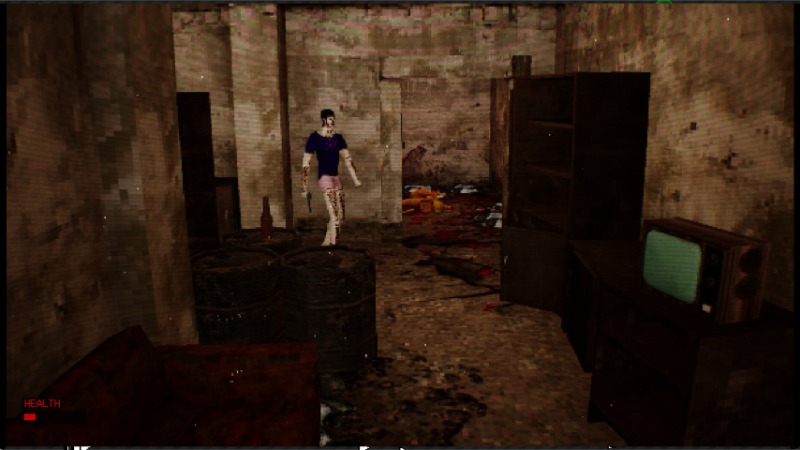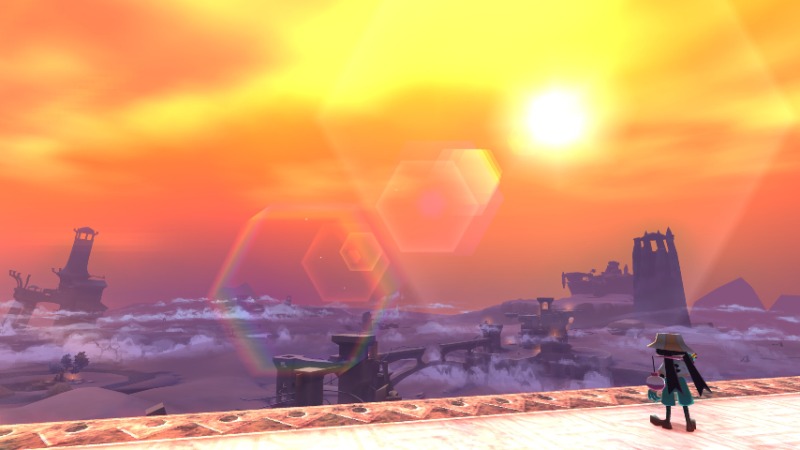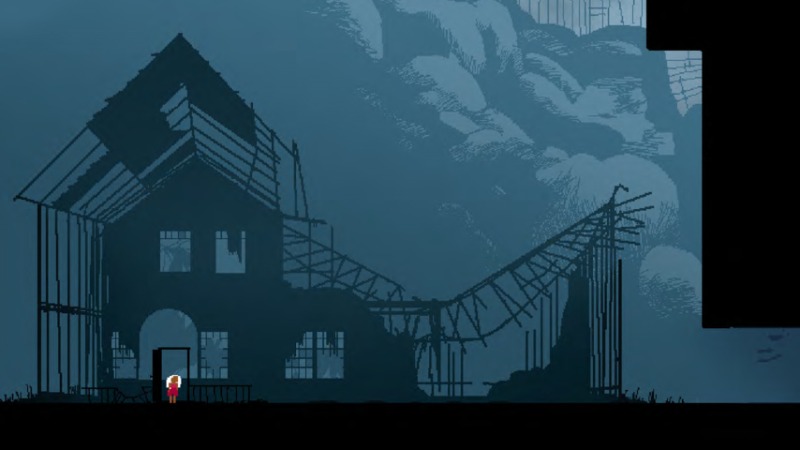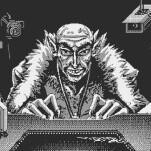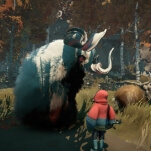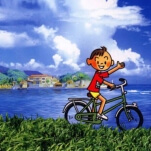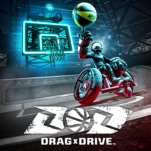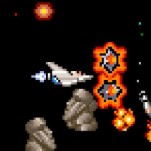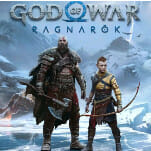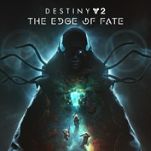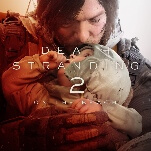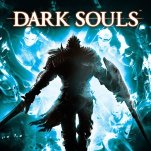The Best Games We Played At PAX East 2025
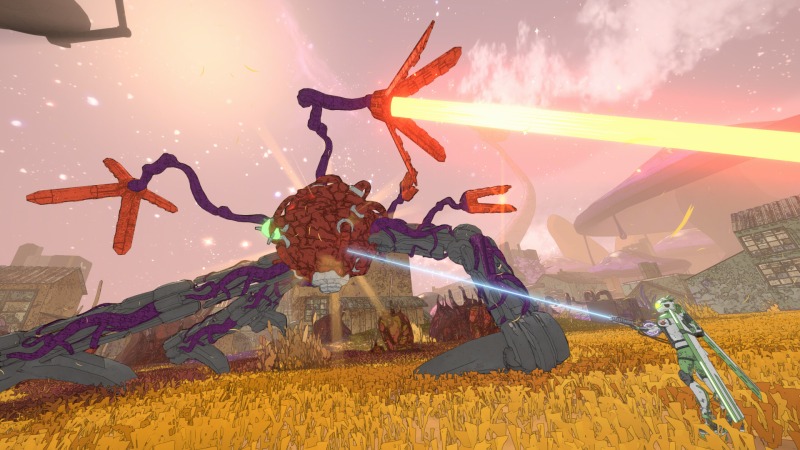
PAX East 2025 has come and gone, and as per usual, there were more interesting games than any one person could possibly dig through on their own. Despite the continued general absence of many of the big publishers like Sony, the show floor was positively packed with fascinating projects, some with publishers and some without, some close to release and some not at all. There were wacky multiplayer experiences that drew crowds, creative board games that kept players (I mean myself) coming back, and plenty of horror oddities. Having played dozens of games, we’ve compiled a list of 10 stand-outs that you should keep on your radar, whether they’re TCGs or have DOS prompts that lead to nightmares. Without further ado, let’s run down the best games we played at PAX East 2025.
Notable Games We’ve Covered Previously: Monster Train 2 (Release Date: 5/21/2025), Demonschool (RD: Q3 2025), Heartworm (RD: 2025), Splitgate 2 (RD: 2025)
Honorable Mentions: Pigface (RD: TBA), Constance (RD: Q4 2025), Altered Alma (RD: TBA)

10. TANUKI: Pon’s Summer

Release Date: TBD
Cozy villages, charming townspeople, and a rail-grinding Tanuki: what’s not to love? As its name would suggest, TANUKI: Pon’s Summer follows a Tanuki named Pon who’s been a bit lax with his duties. The village shrine he’s supposed to be supervising is in shambles just a month before the big festival, so our fuzzy protagonist takes on a part-time job as a mailman to come up with the cash needed for repairs. As you porter letters and packages, you’ll meet a lineup of quirky locals eager to deliver their life stories alongside a variety of minigames. However, the twist to this life-sim/delivery game is that Pon happens to love doing sick tricks on his BMX bike during his day job, spicing up these rides with bunnyhops and tailwhips. On top of nailing the pleasant vibes and scenery of this small town community, there’s a satisfying flow to the game’s central Tony Hawk-inspired trick system, letting you chain together combos with manuals as you backflip off roofs. While engaging with these nuances is optional, there’s enough depth here to make these trips feel like anything but busywork.
9. Mycopunk
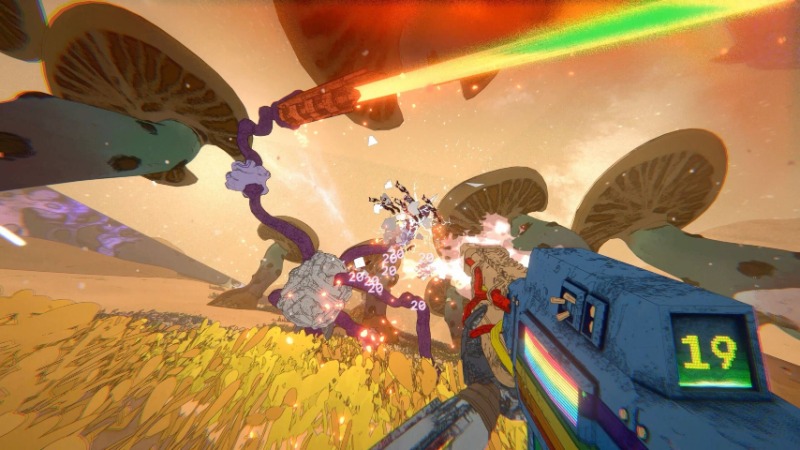
Release Date: 2025
Both of Devolver Digital’s most recently announced games were at PAX East, and the first of these is Mycopunk, a chaotic co-op FPS where a squad of robots face off against spindly cyborg fungus on behalf of an evil corporation run by cockroaches. When in motion, the game manages to live up to that wacky premise as you and your mechanical companions equip upgrades that combine to create some outrageous effects: at one point, I slapped a pair of modifiers on my SMG that gave it infinite ammo and acid bullets, effectively turning it into a corrosive machine gun. But of course, there was a catch, and instead of expending rounds, it ate my health bar (which luckily recharges if you don’t get hit for a while), which required me to switch to my backup weapon in between letting loose hails of bullets.
On top of this, you can also add modifiers to your classes’ core abilities, which, in my case, let my character’s horizontal thrusters reach ridiculous speeds. While these class-specific skills had cooldowns, they provided gratifying mobility options and big damage potential, making it possible to deal with fungal attackers who absorbed body parts from their downed allies to get stronger. It all combined to create a positively frenetic experience, as this psychedelic sci-fi world was filled with lead, purple mycelium, and scrapped robot parts. While the jury is still out on whether its comedy will prove amusing or grating in the long run, and the demo didn’t provide a great feel for what the overarching progression will be like, Mycopunk’s core gameplay seems to channel the co-op chaos of games like Risk of Rain 2, which puts it in very good company.
8. BOTSU

Release Date: Q3 2025
The other game that Devolver Digital brought to the show featured very different mechanics but a similar sense of bedlam. BOTSU is a multiplayer mech game where a group of deeply uncoordinated guys flail around the map while throwing haymakers, firing items, and trying their best not to tumble into a vat of lava (which is harder to do than it looks). Seemingly inspired by the spastic physics of games like Gangbeasts, Human Fall Flat, and QWOP, you pilot a bouncy robot while completing team-based objectives like scoring goals or suplexing foes off the stage. That said, if there’s a big difference here compared to these other games, it’s that BOTSU is fast. Matches often begin with both teams sprinting at each other at full speed as at least one bot gets hit by a haymaker that sends them off-stage to their doom. Here, physics-based movement combines with the ability to punch, grab, jump, jetpack boost, and use items like a grappling hook, resulting in a thrashing mass of bodies.
For example, at one point, I was sent flying off the level but just barely managed to grab an opponent already dangling from a cliff. I had survived the blow, but after realizing I still had a teammate on dry land, I punched my would-be-savior like the scorpion killing the frog, ending us both but securing the team win as my ally became the lone survivor. Basically, the game has goofy animations that will have you and your friends laughing at failures and cheering at wins, but then combines this with quick and satisfying movement that gives you just enough control to (mostly) determine your own destiny. While I’m a bit concerned if it will offer enough to keep players coming back, BOTSU has the potential to be the next great party game.
7. Rune Factory: Guardians of Azuma
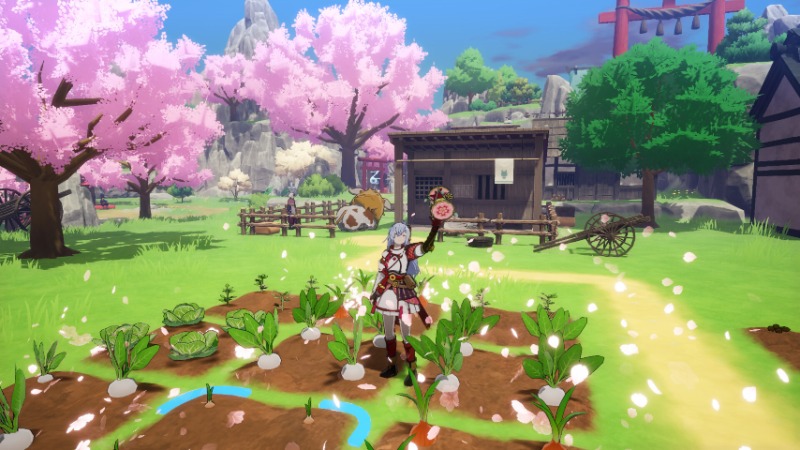
Release Date: 6/5/2025
Even as a series newcomer, Rune Factory: Guardians of Azuma quickly sold the appeal of this Action RPG and life-sim genre mishmash. Like its predecessor, it’s divided into two halves: one section has you managing crops and building relationships, while the other includes dungeon crawling and monster slaying. And while I understood this premise going in, what surprised me was that both parts seemed deep enough to exist as their own game. As for the life-sim element, instead of overseeing a single plot of land, you’re organizing a whole village, as you allocate villagers towards various tasks and build up infrastructure like blacksmith forges and markets. The highlight here was being able to snap from your character’s perspective to an overhead grid-based view that made it easy to quickly farm, clean up land, and perfectly line up new buildings.
On the other end, the battles also felt quite smooth. As I faced off against various mythological creatures, like a wonderfully dorky Kappa, I utilized an impressive lineup of weapon types and activated a Bayonetta-esque slow-mo from perfectly timed dodges. There was a focus on using the right tool for the job, encouraging you to switch between melee weapons and long-ranged attacks, while utilizing type advantages to quickly stagger foes and open them up for massive damage. Beyond equipping primary and secondary weapons like daggers or fire-talisman projectiles, there were also a variety of Earth Dance powers and relics that gave access to powerful special abilities in and outside of fights: for instance, there’s a sacred fan that lets you speed up crop growth and beat down foes. Just like its dual-threat tools, it seems like Rune Factory: Guardians of Azuma may be able to gracefully deliver on multiple fronts.
-

-

-

-

-

-

-

-

-

-

-

-

-

-

-

-

-

-

-

-

-

-

-

-

-

-

-

-

-

-

-

-

-

-

-

-

-

-

-

-

